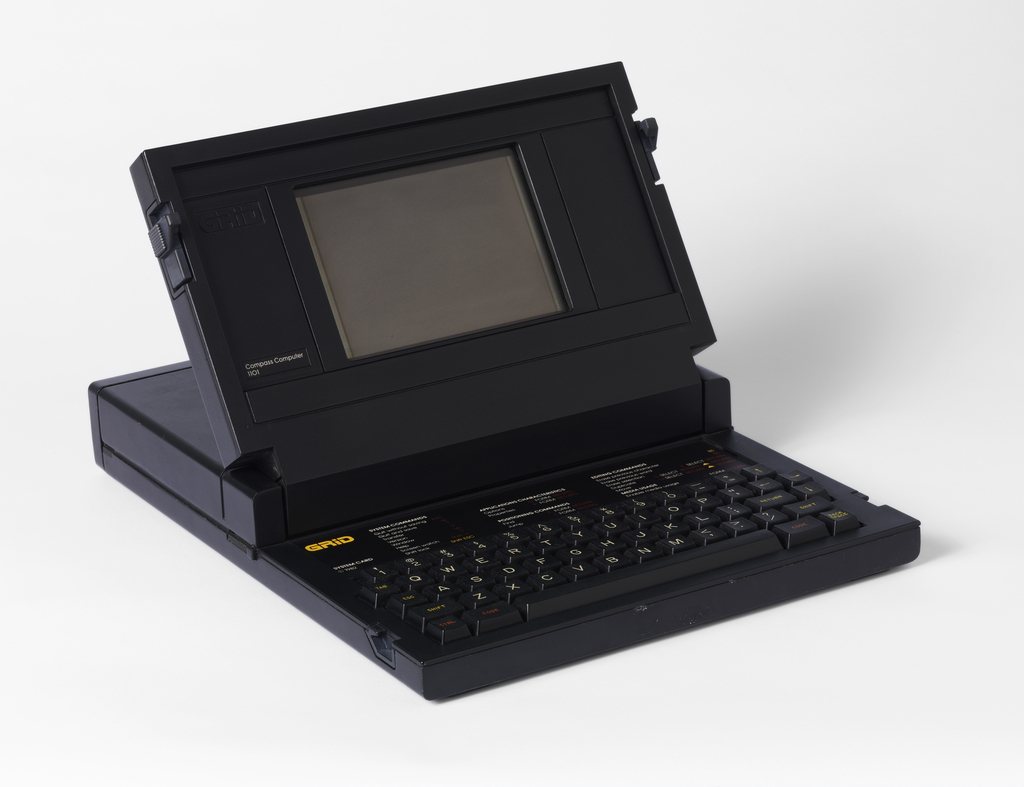When a particularly well-designed and innovative technology has been refined, reduced to an affordable price, and becomes widely adopted, it is easy to lose sight of the initial model and how much of an imaginative leap its revolutionary design represented. Decades ago, computers underwent a major breakthrough when the computing power that formerly required an entire building to house it, became reduced in size to a "desktop". Perhaps an even more revolutionary change in computer design occurred that we may be at risk of forgetting. This change in design led directly to the ubiquitous use of computers among mobile workers, business travelers' ultra-light portables, and of smart phones with comparable computing power increasingly finding their way into the hands of consumers. One innovation that led to these devices, and that liberated workers from the workplace and enabled so many to perform computer powered functions in their homes, on the streets, in aircraft, and in cars clearly began with Bill Moggridge’s design of the GRiD Compass portable computer.
In 1980, early in the history of the personal computer and a time when desk-top units proliferated, industrial designer Bill Moggridge and his firm had the opportunity to design a complete portable computer, the Grid Compass, for the GRiD Systems Corporation. Initially, Bill’s brief was to design the exterior case. He devised a minimal, low, rectangular black box, the top horizontally bisected with a hinged section that lifts, clam-shell style, to reveal the screen and keyboard. After taking a prototype home and starting to use it, Bill realized that the interaction between the user, the object, and the software behind the screen was as important as the physical form; object and interface were equally essential design elements in the complete experience of using a computer. Bill went on to become a pioneer in the new field of interaction design.
The GRiD Compass was originally intended as a powerful mobile computer for business users. The size of a large notebook and weighing about ten pounds, it was far lighter than contemporary desk-top computers, and small enough to carry in a briefcase. Initial models of innovative designs are often priced at levels far beyond reach of the average consumer, but if they prove useful, the means of producing them often reduces their price points to where they become increasingly available to less wealthy consumers. Sturdy, powerful, and portable, but at a cost of over $8,000, the GRiD was initially sought by the U.S. government, the military for use in the field, and by NASA for space missions. Within a few years of the GRiD’s debut other computer manufacturers launched their own portable computers. Most were affordable to the average business executive, but many lacked the compactness and refinement of Moggridge’s design.
Today is Bill Moggridge's birthday
For more about interaction design and the story of the GRiD Compass, see Designing Interactions, Bill Moggridge, Cambridge, MA: MIT Press, 2007, and http://www.designinginteractions.com
